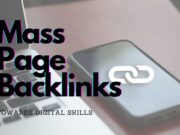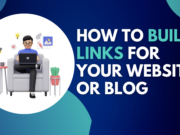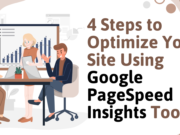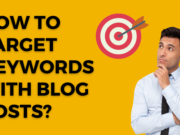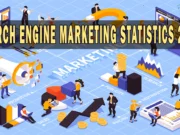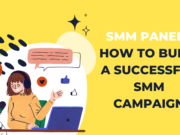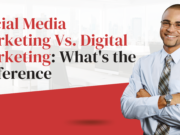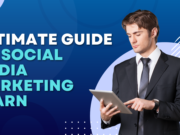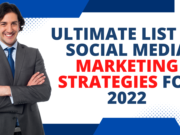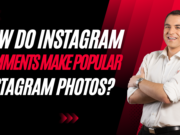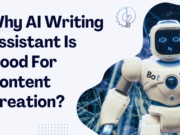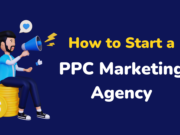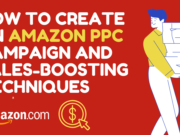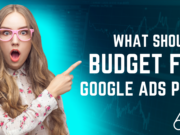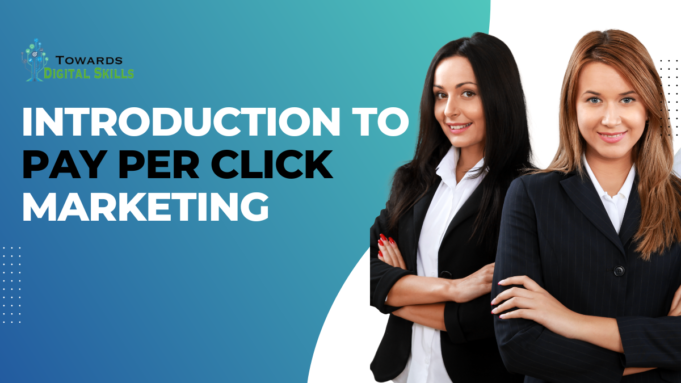In this article, we’ll discuss the history of pay per click marketing, and the entities involved. Next, we’ll talk about the workflow of a PPC ad. Finally, we’ll discuss how keywords can impact the quality of your ads. These best practices will help you maximize clicks. In addition to the history of PPC, you’ll learn about how keywords are chosen, how to write compelling ads, and what factors affect your Quality Score.
Understanding Search Engine Advertising:
Understanding pay per click marketing for search engine advertising can help you increase traffic to your website. This type of advertising works by charging advertisers a small amount every time their ad is clicked on. This fee can range anywhere from $1 to $25, depending on the type of ad you choose. If you want to reach more leads and increase revenue, PPC advertising is a great way to go. You can also refine your audience by incorporating negative keywords.
To make your ads stand out, you can use ad extensions, which add more information and take up more screen real estate. These ads are designed to be more relevant to a user’s query and encourage them to click on them. They are usually the same cost as a standard search ad, but some may offer additional features such as phone numbers and site links. You should always remember to include relevant keywords in your ads, as this will increase your chances of being clicked on.
PPC Advertising Organizations:
Using PPC to advertise your business can be a great way to increase sales. It requires planning and initiative, but it can be a cost-effective way to increase profits. Pay-per-click advertising is a type of online advertising in which you only pay when someone clicks on your ad. While search engines are the most common place to advertise, you can also use other platforms such as Facebook and Twitter to reach your target audience.
Facebook and Google are two of the most popular paid advertising platforms on the internet. Both of these platforms have high traffic and easy-to-use interfaces. However, you can try less-popular platforms if your budget is limited. These platforms might not have as many targeted audiences or keyword phrases as Google or Facebook. Therefore, you can try using less popular advertising platforms if your budget does not allow you to use popular ones.
The quality and relevance of your ad will have a huge impact on the amount of money you spend. The higher the quality and relevance of your ads, the more you can expect to pay. If you’re looking for a specific keyword or phrase, the most relevant ad will have the highest bid. However, this does not mean that the highest bidder will always win the auction. Even if you’re the cheapest bidder, you can still reach a large audience with PPC.
Workflow of a PPC Ad:
There are several steps in the workflow of a PPC ad. The headline should be magnetic and the display URL should be compact. The display URL does not have to be the same as the landing page. It can be an additional website. The keyword should be short and concise and the copy should be informative and compelling. The display URL should be a maximum of 35 characters. A PPC ad should not have more than three lines of text, but must not be too long.
A PPC ad is part of an ad group and is designed to address the desired search query. After the ad has been placed, the user is directed to an appropriate landing page to explore the product. The purpose of PPC advertising is to create leads and brand recognition. It gives quick results in comparison to SEO, which may take months before seeing any result. PPC ads provide more hype and branding in a relatively short period of time and are also inexpensive to implement. The initial investment for a PPC ad is negligible and it only requires clicks.
History of PPC:
The history of pay per click marketing dates back to 1996 when a company called Planet Oasis first launched the concept. They used a desktop application called PPC, which made it possible for marketers to bid on individual keywords in real time. Soon after, other companies began fighting for control of the PPC reigns. The biggest players were Google, a research project at Stanford University, and Yahoo, a company valued at $34 million.
PPC works in two main ways. First, advertisers bid for the top position in search results. They then place their ads in a certain order based on multiple factors, including monetary bid, quality factor, and competition. Second, the ads are ranked by Google based on their placement, or Quality Score. This score is based on factors such as ad design, target landing page, and ad alignment.
In addition to varying costs, PPC advertising allows advertisers to target potential customers at any stage of their purchase cycle. Their ads may appear on a search engine result page, social media, or both, depending on the content and keyword they are targeting. Third, the ads can be placed in the most relevant location to the consumer. Hence, advertisers can estimate their cost in advance. In addition, they can easily adjust their bids based on the results of their campaigns.
Characteristics of an Effective PPC Ad:
If you want to create an ad that can convert visitors into customers, you must know what makes people click on PPC ads. Often, this requires competitive research. The organic results of searches are a great source of competitive information. You can also compare the products and services offered by different brands to make your PPC ads more effective. These tips will help you create an ad that will draw in potential customers.
One of the most important parts of your PPC ad is the headline. By focusing on this portion, you are addressing the most important aspect of your ad. This is because visitors will first notice your headline. In addition, the serial position effect means that people will remember the first few words in an ad and forget the rest. The headline of your ad should be large and easily readable compared to the rest of it.
Another crucial property of a compelling PPC ad is the call-to-action. It should be very clear about what the customer will get if they click on it. It is not appropriate to use general phrases like “Click Here” or “Why Click Here?” Instead, use phrases like, “What Will Happen If You Click Here?” This is similar to a sales pitch—it tells your customers exactly what to do once they land on your landing page. Common lead-generation calls include “Start Now,” “Contact Us,” and “Fill the Form.” Enrollment contacts often fill out a form or sign-up.
PPC Calculation Formula in General:
There are many ways to calculate the effectiveness of PPC advertising. One of the most common methods is search engine advertising, where advertisers bid on sponsored links to make their ads visible to users searching for related terms. Creating a keyword list is an important first step in creating a successful PPC campaign. Next, we’ll discuss how to create a PPC ad and landing page. Finally, we’ll discuss how to calculate response rates.
Advantages of PPC:
The advantages of Pay Per Click marketing are many. It allows you to target specific keywords that are relevant to your business. It also allows you to see your advertisements when someone searches for your products and services. This means that you’ll have a much better chance of having people take action if your ad is at the top of the search results page. Another advantage is that there’s no minimum spend requirement. You can start with a small budget and increase it as your business grows.
Because PPC is highly targeted, you can get your ads in front of your ideal customers and at the right time. This allows you to track your ROI and analyze your ad’s performance in real time. You can also get detailed demographic information on your clickers so that you can better tailor your ads. PPC advertising is also the most affordable type of advertising. As a result, it’s an excellent choice for small businesses.
Introduction to Google AdWords:
Using Google AdWords to advertise your website is a great way to connect with customers. It uses a pay-per-click model, so you can target specific keywords on Google, and bid on each one. Depending on your budget and goals, you can bid on both impressions and clicks. A strong paid campaign can lead to more clicks, and more clicks mean more potential customers.
Once you’ve set a budget, you’re ready to start your campaign. If you have $1,000 to spend, you can spend it over a month to target a specific audience. Adwords allows you to create compelling ads and track the performance of your campaigns. You can also set a daily budget, and your ads will be seen by customers on any device. You’ll have access to a variety of metrics that will tell you how well they’re performing and what areas need work.
Once you have a basic understanding of Google AdWords, you can choose from seven different campaign types. The first is a search campaign, which shows ads in the search results. Another is a display campaign, which displays an image based ad on the Google Display Network. Another one is the shopping campaign, which displays your ads in search results and on Google’s shopping tab. You can also set up app campaigns, which use information about your business’s app to optimize ads across various websites.







